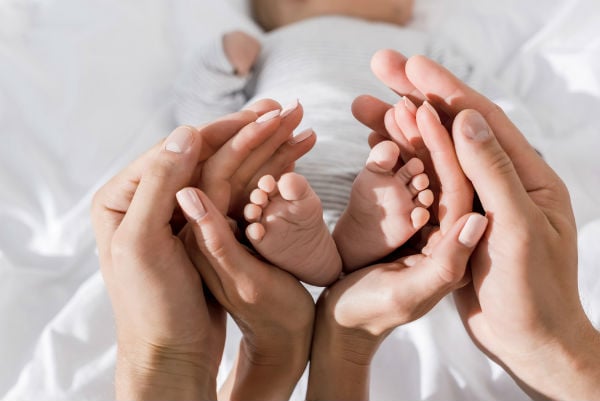The incident was never followed up by the hospital and no report was made of the extraordinary nature of the woman’s ordeal, according to local newspaper Sydsvenskan.
“I heard later that they had thrown the report away,” the woman told the newspaper.
The hospital has conceded that several mistakes were made during the operation as it became clear that the anaesthetic administered to the woman was not working.
During the procedure, the woman complained to the surgeon that she could still feel as layer upon layer of her abdomen was being cut through, but was told that it was too late to put her to sleep. She instead worked hard to try to stay calm.
The incident occurred at the maternity clinic, which told the newspaper that the circumstances would be reviewed and admitted that mistakes were made.
Päivi Kannisto, deputy head at the clinic, explained that the first mistake occurred when the anaesthetist expressed concern that the anaesthetic had not worked. But this was not perceived by the doctor conducting the operation.
The task of formulating a report over the incident was given to a trainee doctor – a further error, Kannisto conceded. The incident was never reported as the senior physician never saw the report.
The woman was furthermore denied the right to access her medical journal on request.
“We can only apologize that it turned out this way,” Kannisto told Sydsvenskan.
The woman and the child have now fully recovered from their ordeal.


 Please whitelist us to continue reading.
Please whitelist us to continue reading.
Member comments